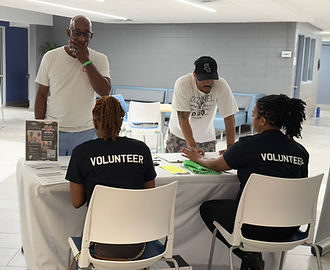
Community in Action
Check out upcoming events!

Let's DiaBeat the Odds Together
Your support is vital to our mission. Whether through donations, volunteering, or spreading awareness, every action helps create a brighter future for individuals impacted by diabetes.


VOLUNTEER
Lend your time. Share your talents.
Volunteers are the heart of DiaBeating The Odds, providing the time, talent, and dedication that make our work possible. From executing events and daily operations to fundraising and leveraging their personal and professional networks, they help us DiaBeat the Odds in our community.

SHOP THE CAUSE
Look Good. Do Good.
Every shirt, hoodie, and accessory you purchase helps DiaBeating The Odds provide vital resources, education, and support to individuals impacted by diabetes. A portion of each sale is donated back to further our mission, so shop the cause and help make a difference.


Thank You to Our Partners
We collaborate with a diverse range of organizations, individuals, and communities to advance our mission of improving diabetes care in underserved areas. Together with our partners, we are committed to breaking down barriers to effective diabetes management.

.jpg)


DPAC ATL


















